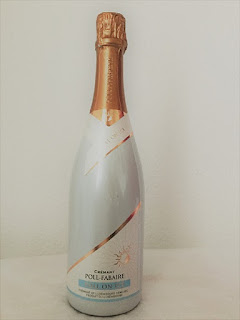The thereafter...
"He cuts off every branch in me that
bears no fruit, while every branch that does bear fruit he prunes so that it
will be even more fruitful" John 15:2
 |
| Early morning run |
 | |
| Machum-Ahn |
At Allthestuffwelovelove, we study and learn about our trade daily. We love to run. Surrounded by vineyards and
wine producing houses and factories, the Moselle region of Luxembourg is the
ideal place to do just that.
In our
last blog, we wrote about the back-breaking work of a Vandangeur (a
grape-picker); today we continue to explore on what happens on the vineyards
after the grapes are picked, after they are transported off, when they grapes are used for the production of wines and when the wines' been sold and
drank!
 |
| Splendid autumn colors |
Every season, the vineyard
evolves accordingly. At the end of summer, early autumn, grapes fruits are ripe
and ready to be picked on lush green vine branches. Autumn brings an array of
blazing orange, yellow, red and wine colours on the grape leaves. At this time
the leaves and branches are often devoid of fruits and if any are left, they
are dried out and close to rotten. These grapes can and are used
for production of Ice wine (Eiswein).
That will be a topic for our Christmas blog; watch this space.
Once autumn leaves start falling
off, the soil composition starts to change, often freezing away as winter
approaches. The once lush row of green leaves with juicy fruits begin to look
desolate, wet and unkempt.
 |
| Workers tending to the vineyards |
Along comes the workers who
tenderly cut drying leaves off the branches, tend to wobbly branch stocks, mow hundreds
of acres of grass between the yard, throw dead branches into the fire to burn
away and generally make the vineyard ready, fruitful and attractive again. This
process we believe is even more laborious than grape-picking.
 |
| Pruned and ready to reproduce |
On the day we made this run
through the vineyards of Machum and Ahn, we discovered two yards owned by the
prestigious wine houses, Domaine Viticole Schumacher-Lethal and another of
Domaine VinsMoselle (Propriétare-récoltant Josy Modert-Kerschen Machum Grand
Premier Cru). The yard which is marked for “Grand Premier Cru” further
reiterates the importance of the « Appellation d‘Origine Protégée (AOP) –
Moselle Luxembourgeoise » for Luxembourgish wines and Crémant. AOP is the
certification by narrowing down the geographical location where grapes are grown. This ties
into taste and quality of a product.
A Grand Premier Cru wine is the
highest of five classifications within the “Grand cru” designation for red
wine. “Cru” simply refers to a vineyards or group of these of high quality.
It implies that the soil or “terroir” in which grapes are grown for a particular
wine has a certain physical homogeneity that gives the product exceptional and
noble standing.
To order or learn more about
Luxembourgish wines and Crémant, visit our website, www.allthestuffwelove, our
Instagram and Facebook pages, Allthestuffwelove or simply call or email us on
+352621506324, hello@allthestuffwelove.com





Comments
Post a Comment